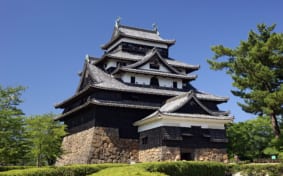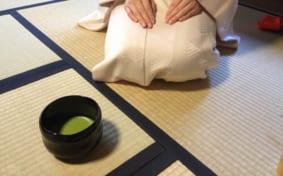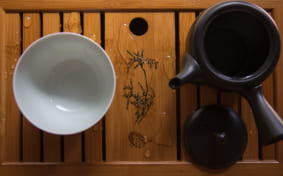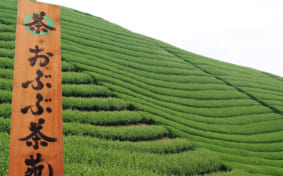Coffee Time in Kyushu’s Travel Hub – 5 Fukuoka Based Cafes in Hakata Station
With so many options to choose from, it can be difficult to find a place to take a break from sightseeing that stands out from the pack. In this article, I suggest five cafes whose origins are in Fukuoka to visitors hoping to savour something local during their transit through Hakata Station.
Traditional Tea and Wagashi in the Heart of Tokyo: The Kosoan Tea House
From all outside appearances, Kosoan looks like it could just be a residential home. It’s also a little tricky to know if you’re in the right spot, save for a small wooden plaque with the business name and the word “entrance” with an arrow to guide your way. It’s worth the effort to find it though, since once you follow that arrow you’ll be transported to a spot of peace and tranquillity despite still being in the heart of the metropolis.
15 Things to Do in Shimane
Shimane Prefecture sits on the southwestern portion of Japan's main island, and is the perfect spot to visit if you're looking for an off the beaten path travel experience. Often overlooked by visitors in favor of better known destinations, the region has culture, nature and history by the bucketload – just without the massive crowds to battle!
Japanese Green Tea and Indian Tea: The Unique Differences
The taste of tea varies from region to region. I have tasted Japanese and Indian tea and both of them are completely different from each other. It is the most commonly drunk beverage in Japan and an important part of Japanese food culture. Different sorts of tea are broadly accessible and devoured anytime of the day. Green tea is the most well-known kind of tea, and when somebody says "tea" (お茶, ocha) without indicating the sort, it is green tea to which is alluded. Green tea is also the central element of the tea ceremony.
Sweets Tour in Kyoto - Traditional Wagashi Meets Modern Cakes
Having visited Kyoto before, I had a vague idea of Gion and its streets of Japanese tea houses. The cosy cafes, the pack-a-punch matcha and sweet mochi stuffed with azuki beans and dusted with kinako were also fondly remembered.
Tea Ceremony Koto in Kyoto
For Japan the tea ceremony has become one of its most famous traditional activities and powdered green tea, or matcha in Japanese, remains the most popular drink today.
Obubu Tea Farm
It's hard to escape tea in Japan. Take Ichiriki Chaya, a 300 year old Tea House in Kyoto which features as the setting for much of Arthur Golden’s Memoirs of a Geisha.
The Green Tea Fields of Wazuka
The small town of Wazuka has been a part of the Japanese green tea history from the very beginning.
Baika-sai: Plum Blossom Tea Festival with Geisha
On February 25th, visitors to Kyoto have the chance to have Japanese green tea made and served to them by Geisha. At Kitano Tenmangu Shrine for their annual plum blossom festival, geisha from the local area come to perform an outdoor tea ceremony known as Baika-sai.
Being a "Tea"-Totaller in Japan: A Guide to Japanese Tea
Contrary to popular stereotypes it isn’t just the English who love to start the day with a nice cup of tea.
Kimono and Tea Ceremony: Beauty, Grace and Harmony Exemplified
I have often read that Japan is a culture in which things “become” (naru bunka) in contrast to the West which is a culture that “does” things (suru bunka). Nowhere is this more evident than in the art of kimono and the Japanese tea ceremony.
The Real Taste of Japanese Tea: Experience Tea Picking at a Plantation!
Tea picking has become a popular experience for people who want to taste fresh Japanese tea. At Obubu Tea Garden in Kyoto, you can pick and taste Japanese tea.



































